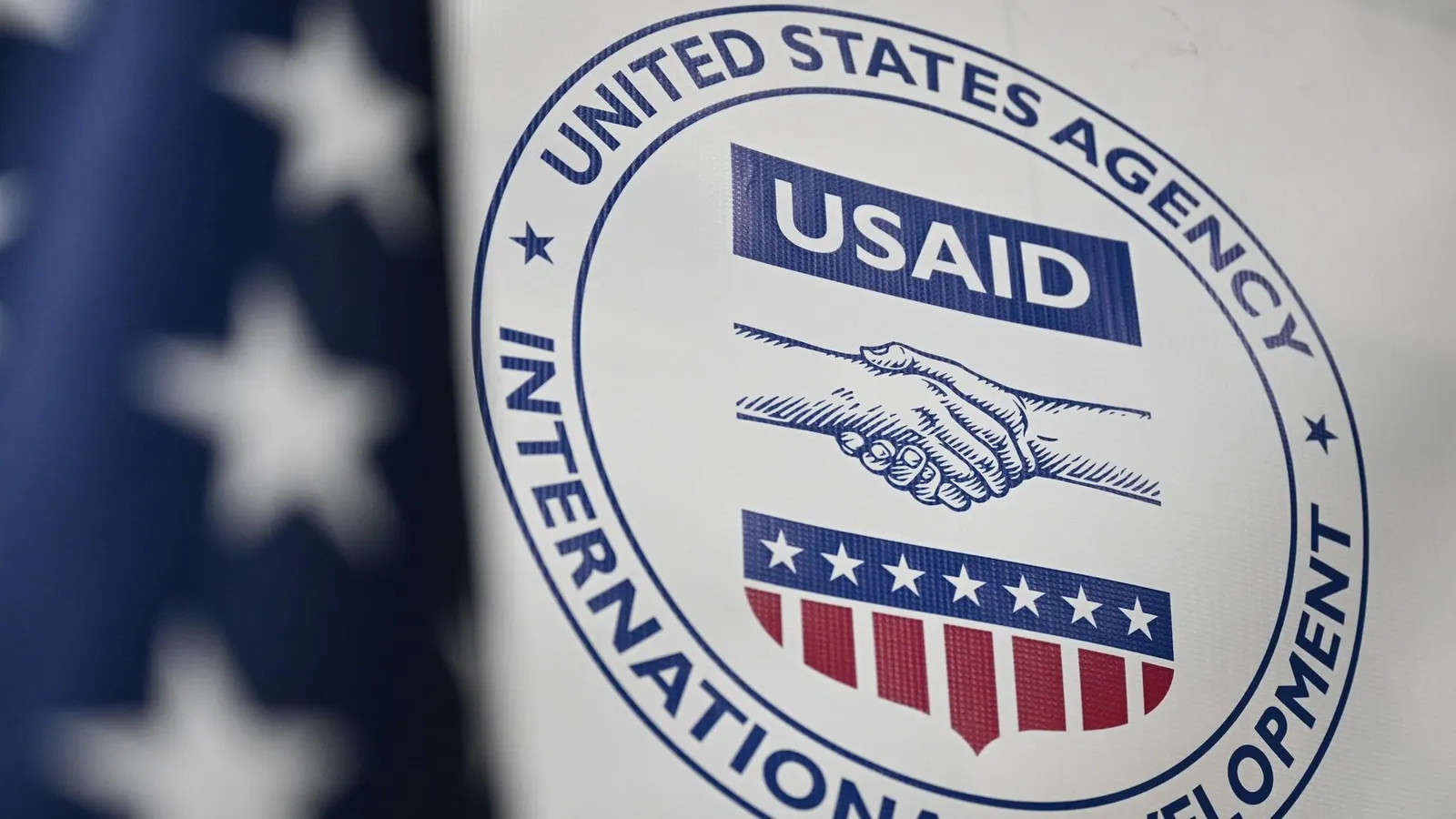Table of Contents
Introduction
Since its establishment in 1961, the United States Agency for International Development (USAID) has been at the forefront of global development, tackling some of the world’s most pressing challenges. From fighting poverty and hunger to promoting democracy and responding to humanitarian crises, USAID’s programs have transformed millions of lives worldwide. This article explores the history, evolution, and impact of USAID, highlighting its key initiatives and enduring legacy. Whether you’re a history buff, a development enthusiast, or simply curious about global aid, this deep dive into USAID’s journey will inspire and inform.
The Birth of USAID: A Response to Global Challenges
The Cold War Context
USAID was created during the Cold War, a period marked by geopolitical tensions between the United States and the Soviet Union. President John F. Kennedy signed the Foreign Assistance Act of 1961, consolidating various aid programs under one agency. The goal was to promote economic development, strengthen alliances, and counter the spread of communism.
Early Focus: Economic Development and Food Security
In its early years, USAID focused on economic development and food security. Programs like the Green Revolution helped increase agricultural productivity in countries like India and Pakistan, preventing famine and boosting food supplies. These efforts laid the foundation for USAID’s reputation as a leader in global development.
Expanding Horizons: Key Programs and Initiatives
Health and Disease Prevention
USAID has played a critical role in improving global health. Key initiatives include:
- HIV/AIDS Relief: Through the President’s Emergency Plan for AIDS Relief (PEPFAR), USAID has provided life-saving treatment to millions and helped reduce the spread of HIV/AIDS.
- Malaria and Tuberculosis Control: Programs like the President’s Malaria Initiative (PMI) have distributed bed nets, medicines, and vaccines, saving countless lives.
- Maternal and Child Health: USAID has worked to reduce maternal and child mortality by improving access to healthcare and nutrition.
Democracy and Governance
Promoting democracy and good governance has been a cornerstone of USAID’s mission. The agency has supported free and fair elections, strengthened civil society, and fought corruption in countries around the world. Programs like the Democracy, Human Rights, and Governance (DRG) initiative have empowered citizens and promoted transparency.
Humanitarian Assistance and Disaster Relief
USAID is often among the first responders to global crises. From natural disasters like the 2010 Haiti earthquake to conflicts like the Syrian civil war, USAID provides emergency food, shelter, and medical care. The agency’s Bureau for Humanitarian Assistance (BHA) coordinates these efforts, ensuring timely and effective responses.
Education and Economic Growth
USAID has invested in education and economic development to create opportunities for millions. Programs like Education for All have improved access to quality education, while initiatives like Feed the Future have boosted agricultural productivity and reduced poverty.
USAID in the 21st Century: Adapting to New Challenges
Focus on Sustainability
In recent years, USAID has prioritized sustainable development. The agency’s Global Development Lab leverages innovation and technology to address complex challenges like climate change, water scarcity, and energy access.
Women and Girls Empowerment
USAID has made gender equality a central focus. Programs like Women’s Global Development and Prosperity (W-GDP) aim to empower women economically, politically, and socially, recognizing their critical role in development.
Global Health Security
The COVID-19 pandemic highlighted the importance of global health security. USAID has been instrumental in vaccine distribution, healthcare system strengthening, and pandemic preparedness through initiatives like the Global Health Security Agenda (GHSA).

The Impact of USAID: By the Numbers
- Health: USAID has helped immunize over 800 million children and provided HIV/AIDS treatment to over 17 million people.
- Food Security: Programs like Feed the Future have lifted over 23 million people out of poverty.
- Education: Over 93 million children have benefited from USAID-supported education programs.
- Humanitarian Aid: USAID responds to an average of 75 disasters annually, reaching millions in need.
Why USAID Matters Today
USAID’s work is more relevant than ever in a world facing interconnected challenges like climate change, inequality, and global health crises. By addressing the root causes of poverty and instability, USAID not only improves lives but also strengthens global security and promotes U.S. interests abroad.
Conclusion: A Legacy of Hope and Progress
For over six decades, USAID has been a beacon of hope for millions around the world. Its programs have transformed communities, saved lives, and built a brighter future for generations to come. As we look to the future, USAID’s commitment to innovation, sustainability, and partnership will continue to drive global progress.
THE DANELAW AND SHAPING ENGLAND
MORE TO READ BELOW;
Introduction to London Bus
The London bus is more than just a mode of transportation—it’s an iconic symbol of the city itself. From its humble beginnings in the early 19th century to the modern, eco-friendly double-deckers we see today, the London bus system has undergone a fascinating evolution. This article delves into the rich history of the London bus, exploring its origins, key milestones, and enduring legacy. Whether you’re a history enthusiast, a transportation buff, or simply curious about London’s iconic red buses, this detailed piece will take you on a ride through time.
The Early Days: Horse-Drawn Omnibuses (1820s–1900s)
The Birth of Public Transport in London
The story of the London bus begins in 1829, when George Shillibeer introduced the first horse-drawn omnibus service. Shillibeer’s omnibus was a large, horse-drawn carriage designed to carry multiple passengers along a fixed route. The first route ran between Paddington and Bank, covering a distance of about five miles. These early buses were a revolutionary concept, offering affordable and accessible transport for Londoners.
Challenges and Growth
While the horse-drawn omnibus was a significant improvement over private carriages, it faced several challenges. The roads were often unpaved and muddy, making travel slow and uncomfortable. Additionally, the reliance on horses meant that the system was expensive to maintain. Despite these issues, the omnibus quickly gained popularity, and by the mid-19th century, numerous operators were running services across London.
The Rise of Motorized Buses (1900s–1930s)
The First Motor Buses
The early 20th century saw the introduction of motorized buses, which began to replace horse-drawn vehicles. In 1902, the London General Omnibus Company (LGOC) launched its first motor bus, marking the beginning of a new era. These early motor buses were smaller and more efficient than their horse-drawn predecessors, but they were still far from the iconic double-deckers we know today.
The Birth of the Double-Decker
The first double-decker buses appeared in the 1920s, offering increased capacity and efficiency. The LGOC’s B-type bus, introduced in 1910, was one of the earliest successful models. These buses featured an open-top design, allowing passengers on the upper deck to enjoy panoramic views of the city. By the 1930s, enclosed double-deckers became the norm, providing greater comfort and safety.
The Red Bus Era (1930s–1950s)
The Iconic Red Color
The distinctive red color of London buses dates back to the early 20th century. In 1907, the LGOC decided to paint its entire fleet red to stand out from competitors. This decision not only created a unified brand but also made London buses instantly recognizable. Today, the red bus is synonymous with the city itself.





2 thoughts on “USAID: From Inception to Modern-Day Programs – A Story of Triumph and Struggle”